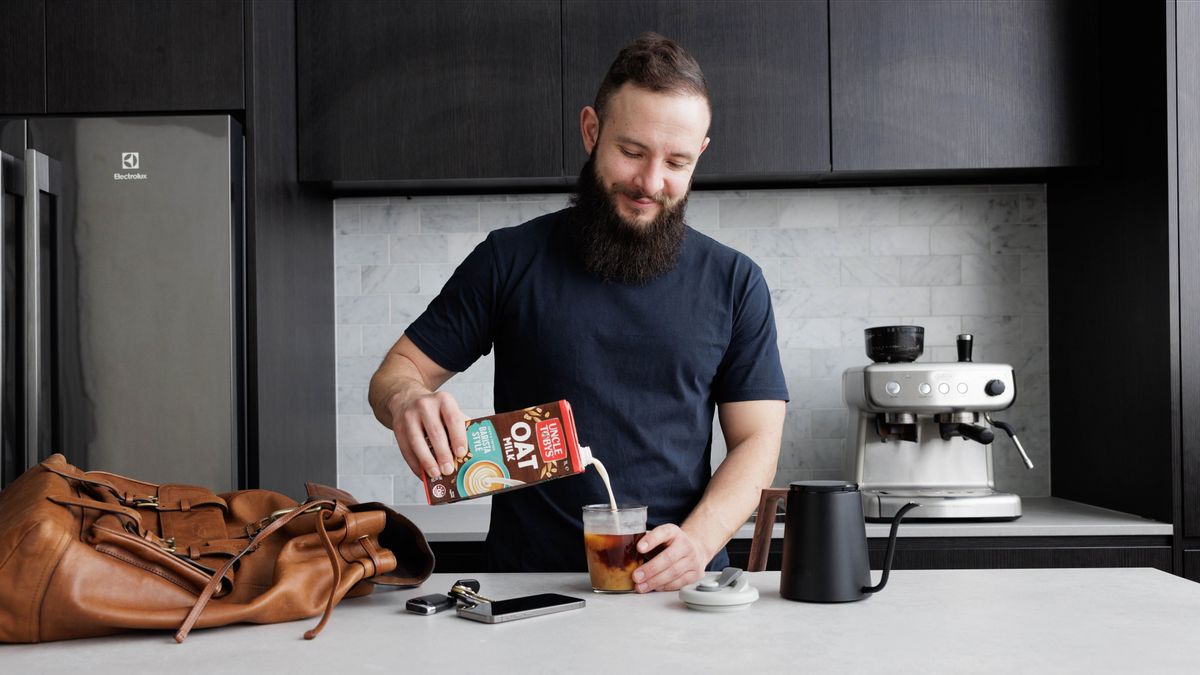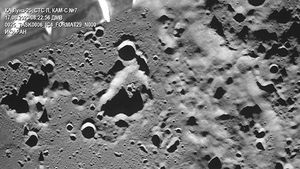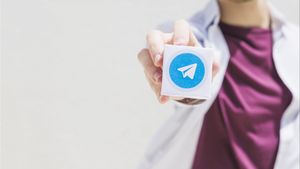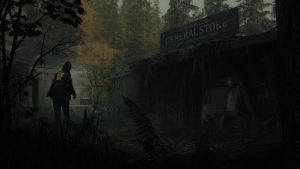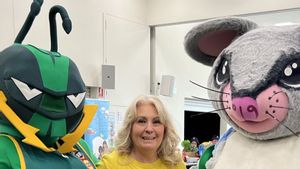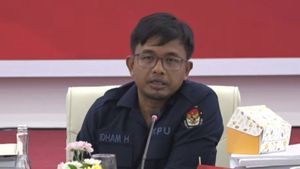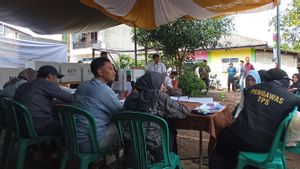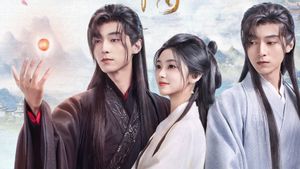JAKARTA - Some of the world's largest advertisers, from the Nestle food giant to multinational consumer goods company Unilever, are conducting experiments using generative AI software such as ChatGPT and DALL-E to reduce costs and increase productivity.
However, many companies remain vigilant against the risks of security and copyright, as well as the dangers of accidental bias contained in the raw information that this software inputs, meaning humans will remain part of this process in the time it can be seen.
Generative Artificial Intelligence (AI), which can be used to produce content based on past data, has become the word that has often been heard in recent years, attracting public attention and sparking interest in various industries.
The marketing team hopes it will produce cheaper, faster, and practically unlimited ways to advertise products.
Investment has begun to rise amid hopes that AI could forever change the way advertisers market products, executives from the top two consumer goods companies and the world's largest advertising agency told Reuters.
This technology can be used to create seemingly original text, images, and even computer codes, based on training, rather than just categorizing or identifying data like any other AI.
The WPP, the world's largest advertising agency, works with consumer goods companies including Nestle and Mondelez creators of the Oreo, to use a generating AI in advertising campaigns, CEO Mark Read said.
"The savings could be 10 or 20 times", Read said in the interview. "Instead of sending the film crew to Africa to take pictures of the ads, we made them virtually."
In India, WPP worked with Mondelez on the AI-backed Cadbury campaign with Bollywood star Shah Rukh Khan, generating an ad "showing" the actor asked passersby to shop at 2,000 local stores duringdiwali.
Small businesses use microsite to generate ad versions featuring their own stores that can be posted on social media and other platforms. A total of 130,000 ads were created featuring 2,000 stores and seen by 94 million viewers on YouTube and Facebook, according to the WPP.
"WPP has 20 young people in their early 20s who are AI internships in London," Read said, and has partnered with the University of Oxford in a course focused on marketing future. The "AI for business" diploma offers training in data and AI for client leaders, practitioners, and WPP executives, according to the WPP website.
The team worked under AI expert Daniel Hulme who was appointed Chief AI Officer at the WPP two years ago.
"It's easier to think about all the jobs that will be disrupted than all the jobs that will be created," Read said.
"Nestle is also looking for ways to use ChatGPT 4.0 and Dall-E 2 to help market its products," said Aude Gandon, Google's Global Chief Marketing Officer, and former Google executive, in an emailed statement.
"This machine answers campaign instructions with great ideas and inspiration that are completely in line with brands and strategies," Gandon said. "These ideas are then further developed by the creative team to eventually become content that will be produced, for example for our website."
While legislators and philosophers are still discussing whether content generated by the generative AI model is similar to human creativity, advertisers have started using this technology in their promotion campaigns.
In the art world, the research team of the Rijksmuseum gallery in the Netherlands went viral online on September 8, 2022 after using X-rays to reveal new objects hidden in the oil painting of Barok artist Johannes Vermeer entitled "The Milkmaid".
Less than 24 hours later, WPP used the OpenAI DALL-E 2 generator system to "reveal" scenes that were imagined beyond the boundaries of painting frames in public YouTube ads for yogurt brands and Nestle dairy products called "La Laitière" or "Milkmaid".
Through nearly 1,000 iterations, Nestle's version of "The Milkmaid" generated a media value of 700.000 euros (Rp 11.6 billion) for the Swiss food giant. The value of the media is the cost of advertising needed to generate the same public expose.
WPP says the content doesn't cost you anything to make. A spokesman for Rijksmuseum said they have an open data policy for images that are not copyrightly protected, meaning anyone can use their pictures.Nestle is not alone in her experiment.
SEE ALSO:
Unilever, which has more than 400 brands including Dove soap and Ben & Jerry's ice cream, has its own generative AI technology that can write product descriptions for retailing digital websites and trading sites, the company said.
The company's Tresemm\'e hair care brand has used the AI content generator for its writing content and automation tools for visual content on Amazon.co.uk.
"However, Unilever is concerned about copyright, intellectual property, privacy and data," Aaron Rajan, Global Vice President of Go To Market Technology Unilever, told Reuters.
The company wants to prevent its technology from producing human biases, such as race or gender stereotypes, which may be contained in the data it processes.
"Ensuring that these models, when you type certain terms, provide views that do not contain stereotypes about the world, are very important," he said.
Nestle's Gandon told Reuters the company "placed security and privacy as a top priority."
Consumer companies use data from retailers such as Walmart, Carrefour, and Kroger to power their AI tools, said Martin Sorell, Executive Chair of the S4 Capital advertising group and founder of the WPP.
"You have two groups of clients: one who went completely and the other who said 'let's try'," he said.
Some consumer goods companies remain vigilant against security risks or copyright infringement, industry executives say.
"If you want practical rules: consider everything you say to AI services like you tell very interesting news. Do you want it to spread?," said Ben King, VP of trust customers at Okta, an online authentication service provider.
"Do you want someone else to know the same thing about you?" he added. "If not, don't tell AI.
The English, Chinese, Japanese, Arabic, and French versions are automatically generated by the AI. So there may still be inaccuracies in translating, please always see Indonesian as our main language. (system supported by DigitalSiber.id)
